Search

News & Events
Latitudinal gradient in childhood diabetesNew research from Perth's The Kids Research Institute Australia has shown the local relevance of a worldwide pattern of increased risk of childhood type 1 diabetes.
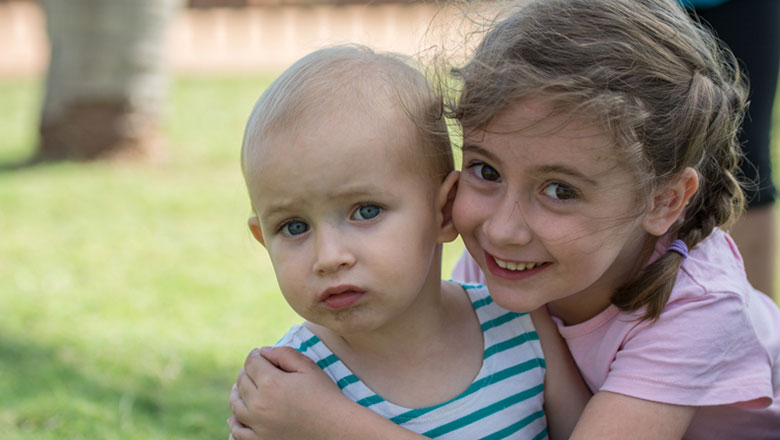
News & Events
HBF Stadium Open DayHBF Stadium & HBF Arena Open Days - Sunday 20 & 27 July The Kids researchers will be presenting to the public as part of the two open days.
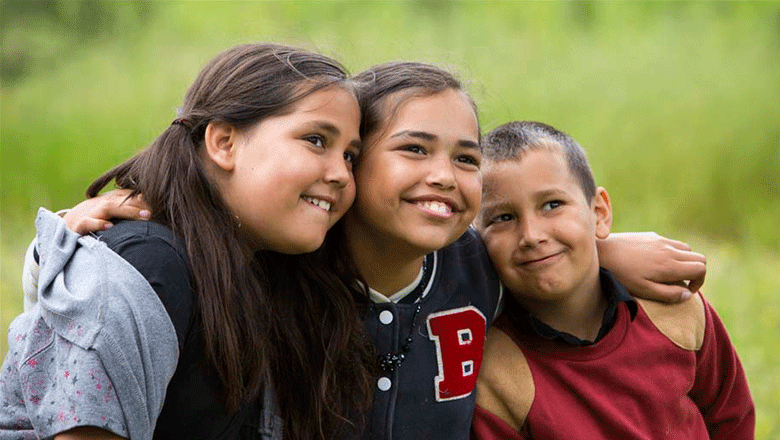
News & Events
New project offers hope for reductions in Indigenous suicideThe National Aboriginal and Torres Strait Islander Leadership in Mental Health welcomes funding by the Australian Government

News & Events
Telethon WeekendThe Kids Research Institute Australia will have a stand at the beneficiary expo during this year's Telethon weekend running October 25 and 26.
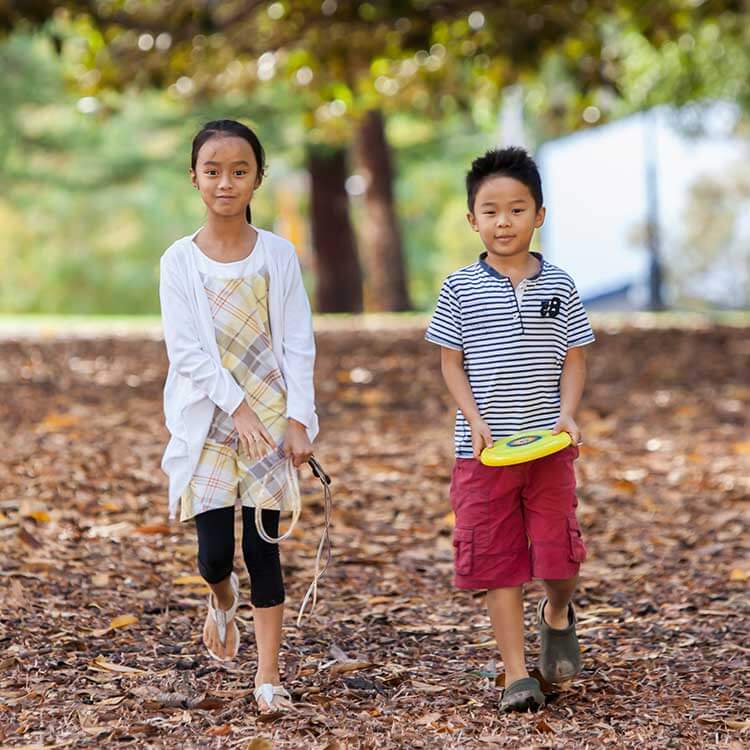
News & Events
$20 million partnership a win for WA kidsIn the largest donation in Telethon history, BHP Billiton has committed $20 million over the next five years to The Kids Research Institute Australia
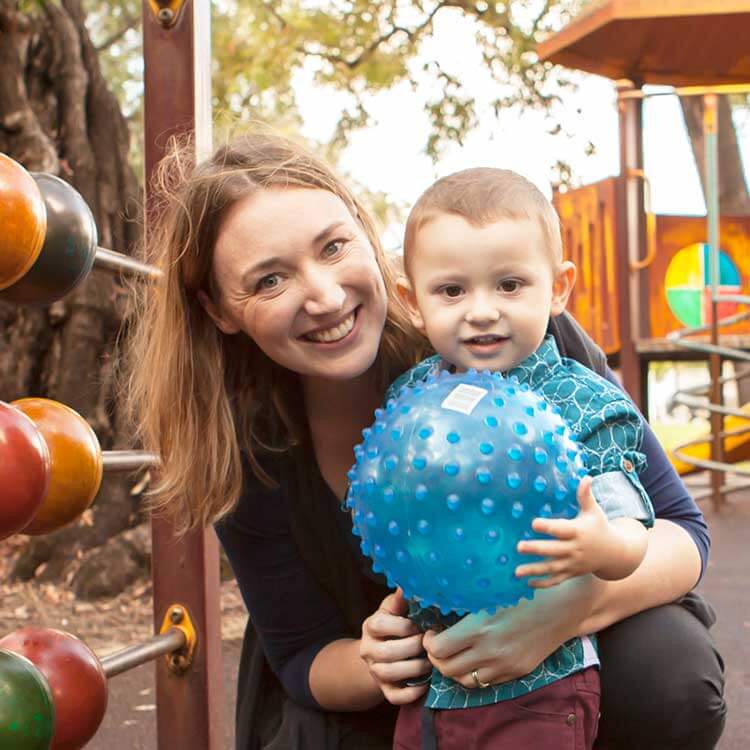
News & Events
Understanding allergiesResearchers around the world, including at The Kids Research Institute Australia, are playing catch up as they try to understand what is causing the big increase in allergies
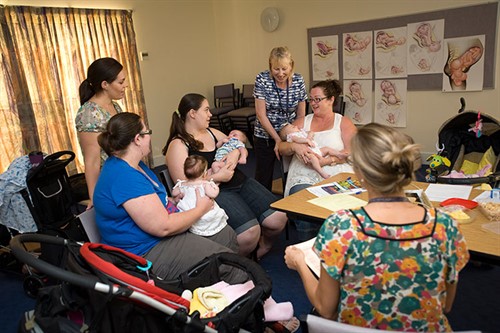
News & Events
Rockingham to trial innovative pregnancy care programRockingham women are being urged to take part in a program trial aimed at guiding and supporting mums-to-be through a safe and healthy pregnancy.
News & Events
Dad’s Dream Inspires Global Cancer FightThe Global Symposium on Childhood Brain Tumours is bringing the world's premier childhood brain tumour researchers and scientists together in Perth.
News & Events
Huge hospital burden for kids with intellectual disabilitiesNew research from the Telethon Institute has shown that children with an intellectual disability are up to 10x more likely to be admitted to hospital.
News & Events
Greater justice for people with FASDA study of the Western Australian justice system has identified that 85% of staff say responding to the needs of people with FASD is an issue in their work.
